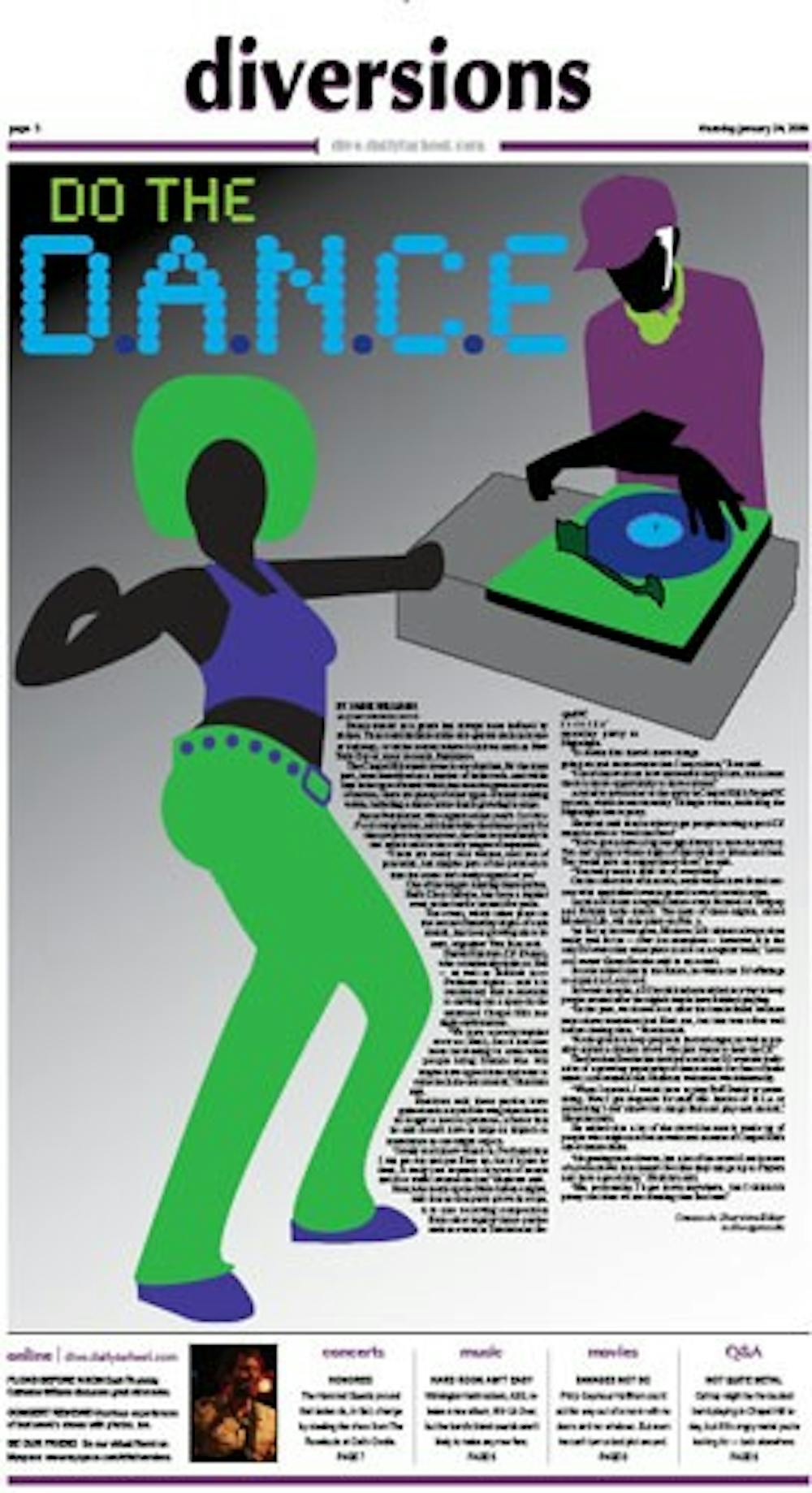In the early part of the 20th century Durham - and North Carolina as a whole - was full of signs of the Jim Crow South.
Public facilities were segregated restaurants were specific to the races and even most music clubs in the state were split up - theaters for the white audiences and juke joints and bars for African-Americans.
And like most of the region's urban centers housing patterns dictated that the races were separated into distinct neighborhoods.
So it is interesting that the blues stylings that came out of Durham's largest African-American neighborhood the center of the town's thriving tobacco industry known as Hayti went on to influence generations of blues players across the nation and the world drawing fans without regard for race or class.
Tim Duffy founder of Durham's Music Maker Relief Foundation" said Durham has a legitimate right to be called ""home of the blues.""
""People think that the blues came out of Mississippi"" but Durham has just as much of a claim as anyone.
""Blind Boy Fuller is arguably the biggest blues star of all time and he came right out of Durham.""
Fuller" whose songs have been covered by scores of musicians including Eric Clapton and Jefferson Airplane released more than 130 sides of music in his career attaining national fame.
But Fuller like many of the blues musicians who called Durham home in the 1930s and '40s was not originally from the town.
Born in Wadesboro" Fuller made his way to Durham and the cultural hub that was the Hayti district.
""It had an extremely lively nightlife" certainly the liveliest in the Piedmont" said Fitz Brundage, an American History professor at UNC.
Duffy said that while the neighborhood was a place where disabled musicians such as Fuller could get gigs, most musicians came to Hayti to find work.
As the center of Durham's tobacco industry, Hayti provided jobs for African-Americans looking to escape their rural roots.
They came for the tobacco market. There is only so much money to be made in those small" provincial towns" Duffy said.
They could work all week and then make an extra 12 bucks playing bars on Friday or Saturday nights.""
Along with the extra money"" the close quarters of the tobacco plants were a breeding ground for musical collaboration.
""They were all listening to each other" Duffy said. Just like any artistic community the artists were being influenced by others" internalizing their styles and putting their own spin on it.""
Brundage added that music was one of the most important aspects of life in the tobacco industry.
""The tradition of music in the tobacco plants really provided two important sources - there was the music that was being played on the streets outside the plants and also the music that was being heard each weekend in the bars and nightclubs.""
Brundage said the unique sound of the Piedmont blues was a direct result of many of the players' rural roots being combined with their new urban surroundings and the styles of fellow musicians.
""The blues is a music that harkens back to rural roots but is still worldly-wise.""
""It was a huge force in helping blacks at the time become comfortable in their new urban environments.""
Along with being an aid in acclimation" Duffy said the entire blues movement of the time was something that resonated with the youth of the neighborhood" allowing them to express their concerns with the realities of the excruciating work that they encountered in the tobacco plants each day.
""In a way"" it's pretty similar to today's hip-hop music in that it was certainly the music of the youth.
""It was angry" it was bold" and it was really a way to talk about the issues of the day.""
As time progressed into the '50s" it began to speak more to the most pertinent issue of the day segregation becoming one of the early bridges between the expansive racial divide of the era said Rod Ferguson" a doctoral student in history.
""Music really brought a lot of folks together.
""In the Jim Crow South"" it was one of the few places where the races mingled.""
Brundage said that while the blues was popular with working class white audiences from the beginning"" it didn't achieve great popularity among whites until the folk-blues revival of the '60s.
And even that had its Durham roots.
""It was impossible to go to a blues festival and not see Sonny Terry or Brownie McGee on the bill.
""Any serious music buyer in that time would have had at least one of their records.""
And the legacy lives on.
Even as a highway runs through the former heart of the Hayti neighborhood"" Duffy's Music Maker Relief Foundation is making sure that ""unheard voices get heard" through professional development and the occasional gig if they are still able.
The music is still alive Duffy said.
If you think you missed out" you're wrong. North Carolina is really the Holy Land of traditional music.""
Contact the Diversions Editor at dive@unc.edu.



